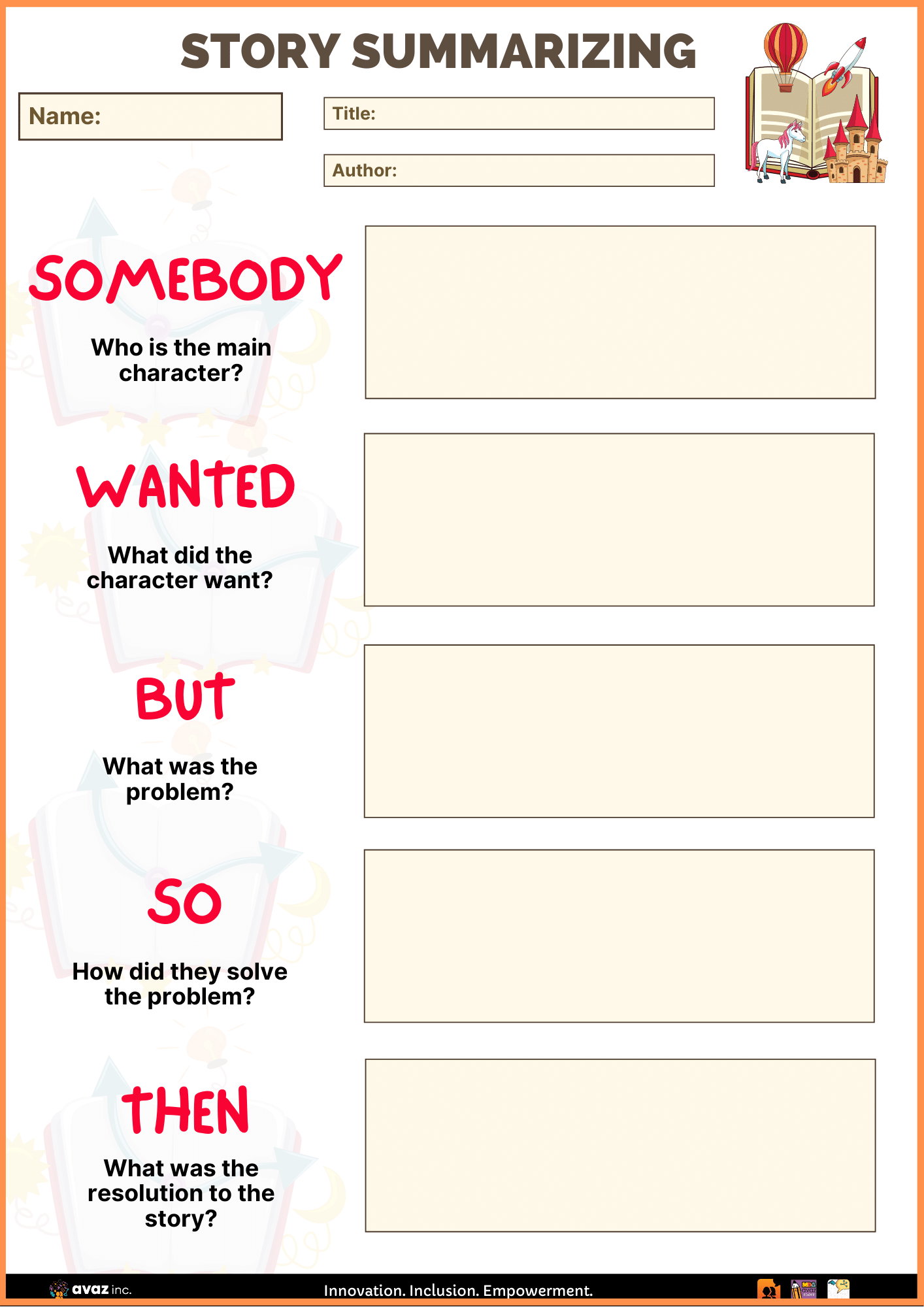Reading comprehension and connecting all the details of a concept may be difficult for learners with disabilities. Semantic mapping is a strategy that helps learners with disabilities to identify the words they read, understand them, and recall their meaning. It is also called mind mapping, idea mapping, and word webbing.
What are Semantic Maps?
Semantic maps involve using maps or word webs that show how a concept and keywords are related to each other. They are used to graphically represent concepts or a set of words. Learners understand a new word or phrase and make meaning-based connections by mapping it with words/ phrases that have a similar meaning.
Learners with disabilities tend to have fragmentary knowledge about the topics they are about to learn. Moreover, they also may have misconceptions about the topics. Semantic mapping is a way to graphically represent ideas about a key concept. These ideas are then categorized to connect all the information.


Components of Semantic Maps
The three components of semantic or mind maps are:
1. The Concept:
The concept or keyword is the central focus of the map.
2. Strands:
Strands contain ideas about the concept or pieces of information that related to the concept. They can be broad categories that describe or explain the text.
3. Supporting information:
This includes any information that is related to each individual strand. Supporting information adds more details to the strands. It helps in distinguishing the strands or categories.
Benefits of Graphic Semantic or Word Maps
The visual representation in semantic mapping helps learners to understand concepts better. Here are a few benefits of this strategy with learners with disabilities.
- Focusing on the relationships between ideas related to a concept.
- Using existing language skills to understand the different contexts in which language can be used.
- Comprehending more easily and fully while listening or reading.
- Infer the meaning of multiple-meaning and unfamiliar words/ phrases using context clues.
- Understanding figurative language, nuances of word meanings, and word relationships
Teaching using Semantic Mapping
Here are the steps to use mind/semantic maps while teaching:
- Choose a concept and words that are important for the understanding of the concept.
It’s important to plan semantic mapping by taking a preview of the text. Look for significant content words that learners may be unfamiliar with. If food is the concept to be taught, significant words/phrases related to food would be nutrition, food groups, etc.
- Encourage the learners to think of words they think are related to the key word/concept
- Draw a blank map or web on chart paper or the board. We can also use digital whiteboards for remote learning.
- Write the keyword to be taught in the center of the map. Read the word aloud so that learners can focus on pronunciation.
- Present all the related words and encourage learners to discuss and categorize the words.
As categories are identified, add that to the map. Write down categories that learners haven’t identified and discuss the connection between the category and the word/concept.
- While reading the text, add supporting information for each category.
For example, add ‘vegetables’ and ‘fruits’ to food groups category.
- For online semantic maps, find images that go with the map to make them more visual. Using text to speech features can also make online maps interactive.
- Encourage learners to discuss the map and observe the relationship between all the components of the map.
Creating small groups to review the maps will help learners understand the concept better. Alternatively, you can also encourage learners to create their own maps. As you read the text, encourage them to expand the map.
References:
https://cer.schools.nsw.gov.au/content/dam/doe/sws/schools/c/cer/localcontent/semantic_mapping.pdf
http://www.ldonline.org/article/61474/http://www.ldonline.org/article/

